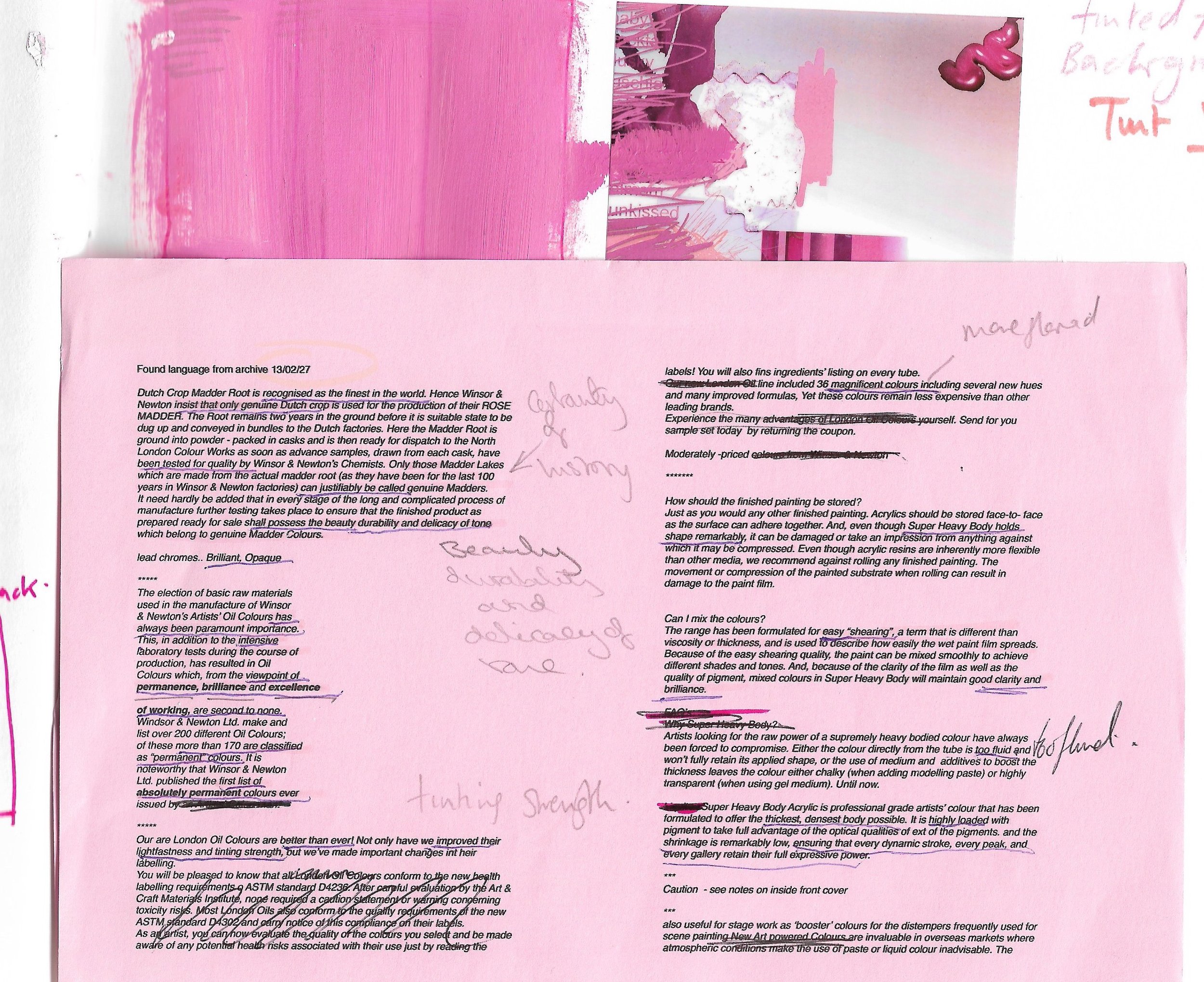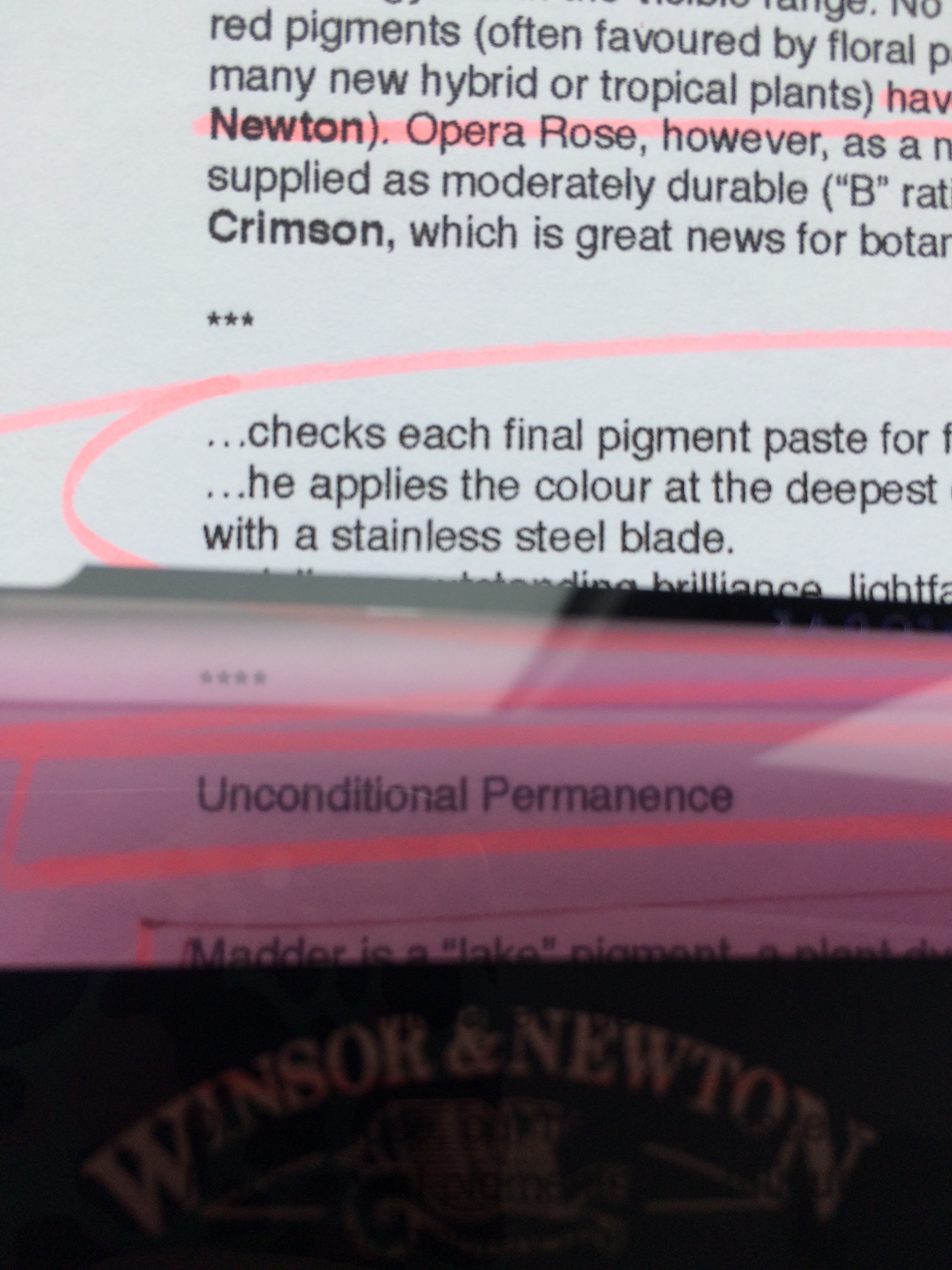Ambiguous
interference colours
frilly edges - ambiguous research, poorly sourced
'1. It says so on Wikipedia.
Wikipedia says, “We do not expect you to trust us.” It adds that it is “not a primary source” and that “because some articles may contain errors,” you should “not use Wikipedia to make critical decisions.”
Furthermore, as Wikipedia notes in its “About” section, “Users should be aware that not all articles are of encyclopedic quality from the start: they may contain false or debatable information.” ' - http://www.findingdulcinea.com/news/education/2010/march/The-Top-10-Reasons-Students-Cannot-Cite-or-Rely-on-Wikipedia.html
...
"Etymology and definitions[edit]
The color pink is named after the flowers called pinks, flowering plants in the genus Dianthus. The name derives from the frilled edge of the flowers—the verb "to pink" dates from the 14th century and means "to decorate with a perforated or punched pattern" (possibly from German pinken, "to peck").[6] While the word "pink" was first used as a noun to refer to a color in the 17th century, the verb "pink" continues to be reflected today in the name of those hand-held scissors that cut a zig-zagged line referred to as pinking shears." - https://en.wikipedia.org/wiki/Pink
PINKING PUCING? PUCEING? POUNCEING
"it's like fuchsia, but with a shade less lavender and a bit more pink"
vibrant for 100 years
certainty in permanence and promotion
Rose Madder Genuine, Permanent Mauve, Permanent Rose, Permanent Magenta, Permanent Carmine, Permanent Alizarin Crimson, brighter, stronger, cleaner colours,
vibrant for 100 years, buttery and vibrant, stability, strength and coverage, maximum capability, accurate
enable better expression, outstanding coverage, colour brilliance, lightfastness, durability and permanence, professional quality, optimised design,
resistance to change when exposed to light and the atmosphere
AA - Extremely Permanent
A - Permanent
B - Moderately Durable
C - Fugitive
















